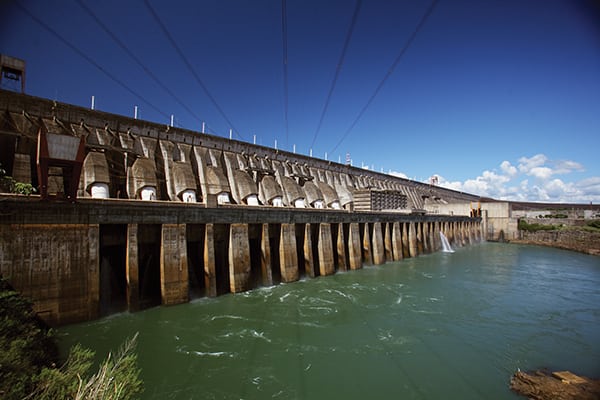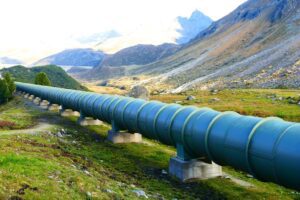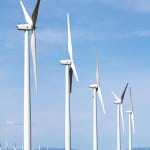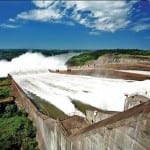A lack of rainfall is hitting the power industry especially hard in parts of Brazil. According to the U.S. Energy Information Administration (EIA), the country depends on hydroelectricity for more than 75% of its electric power supply (Figure 2). But with reservoir levels at historic lows in some places, more electricity has been required from fossil-fueled power plants. The resulting supply and demand imbalance has forced spot market prices to increase dramatically.
The EIA noted earlier this year that Brazil is experiencing its worst drought in 40 years, saying that the lack of water has contributed to electricity blackouts in many parts of the country. Other sources have even suggested that São Paulo, the largest city in Brazil, is at risk of running out of drinking water in November, if rationing is not implemented.
According to Sabesp (the company responsible for water services in São Paulo), its Cantareira system—the largest of six reservoirs that supply water to São Paulo—was down to 7.4% of its capacity near the end of September and 5.5% by Oct. 8. Rainfall for the month had totaled less than half of its historical average. The Alto Tietê reservoir hadn’t fared much better with its level at 11.3% by Oct. 8. Although the other four reservoirs had higher percentages, none of them was near 100%.
The lack of rainfall has limited hydroelectric output but offers a big opportunity for other power generators. The EIA says generation from natural gas and other fossil fuels was at record high levels in August, while hydroelectric generation was at its lowest level since July 2005. The trend continued in the first half of September, with hydroelectric generation 16.9% less than during the same period in 2013, according to the Chamber of Electric Energy Commercialization (CCEE), the nonprofit civil association responsible for energy marketing activity in Brazil. It says thermal generation output increased 33% during the period, picking up some of the slack.
Much of Brazil’s power is priced under long-term contracts, but an estimated 25% to 30% is sold on the short-term settlement price differences (PLD) market. The CCEE sets the PLD rate weekly, using two software programs that simulate system operation. The model utilizes weather forecasts, demand projections, and power plant outage schedules, as well as other factors.
During the fourth week of September, the average PLD rate was R$745.91/MWh ($308/MWh). While many factors figure into long-term contract prices, CCEE auction results published earlier this year show that the average price for electricity negotiated in the 13 auctions held since 2004 was R$118.37/MWh ($48.67/MWh).
In the PLD price announcement, the CCEE noted that a few hydroelectric plants—all located in the Amazon rainforest region—were expected to increase generation, which had helped to decrease the spot price from the previous week. The Santo Antonio do Jari hydroelectric plant in northern Brazil was expected to bring its first unit into commercial operation during the week (and it did), and the Jirau plant on the Madeira River in western Brazil was commissioning another of its units. The Tucuruí Dam was also expected to increase generation, even though its reservoir level was at only 44% of capacity.
As a sign of the country’s demand for power to replace hydroelectric generation, the EIA reported that liquefied natural gas (LNG) has been re-exported from Europe (and likely originated in the Middle East or Africa) several times this year, including in late September. Petrobras, Brazil’s state-controlled oil and gas firm and the sole importer of LNG to the country, imported a record 2.833 million tons of LNG over the first eight months of 2014. While LNG is important for balancing demand spikes, the majority of natural gas used in Brazil comes from domestic production and pipeline gas imported from Bolivia.
There is hope that the historically rainy season of November to May will improve hydro resources.
—Aaron Larson











